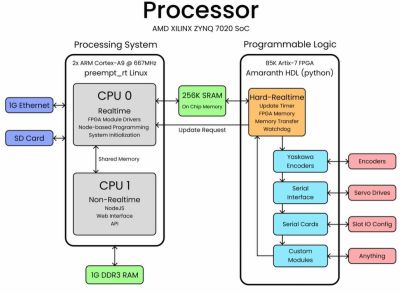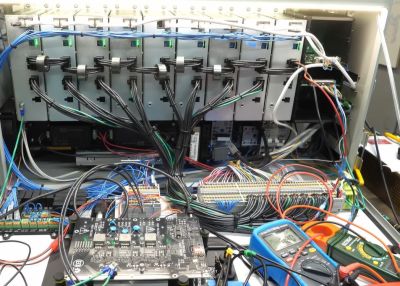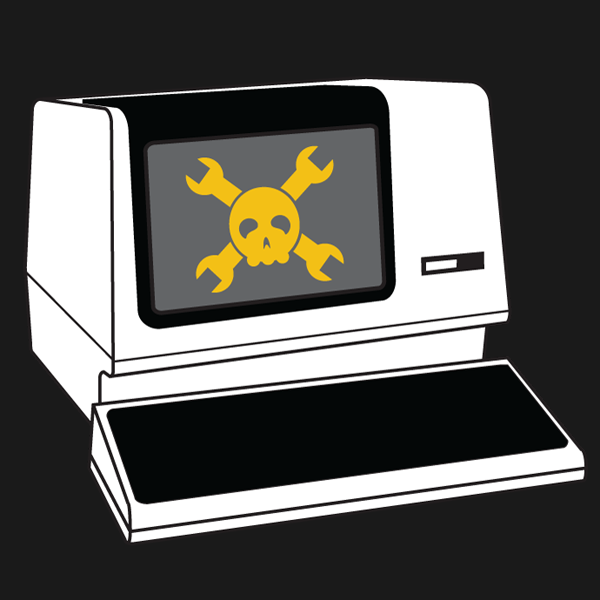Skateboards were organically developed in the 1940s and 1950s; 30 years would then pass before the ollie was developed, unlocking new realms for skaters dedicated to the artform. The advent of powerful batteries and motors would later make the electric skateboard a practical and (un?)fashionable method of transport in more recent years. Now, [Ivan Miranda] is pushing the cutting edge of skateboarding even further, with an entirely weird build of his own design.
The build was inspired by one-wheels, which [Ivan] considers fun but ultimately too dangerous. Most specifically, he fears crashing when the one-wheel is tilted beyond a critical angle at which the motor can restore it to a level heading. His concept was to thus create a two-wheeled board that is nonetheless controlled with the leaning interface of a one-wheel.
The frame is assembled from a combination of 3D-printed brackets and aluminium extrusion. The rider stands on a platform which rides on rollers on top of the frame, tilting it to control the drive direction of the board. Detecting the angle is handled by an Arduino Due with an MPU6050 IMU onboard. The microcontroller is then responsible for commanding the speed controller to move the board. Drive is from a brushless DC motor, hooked up to one of the wheels via a toothed belt. Power is courtesy of three power tool batteries.
Early testing showed the design to be a bit of a death trap. However, with refinement to the control system code and an improved battery setup, it became slightly more graceful to ride. [Ivan] notes that more tuning and refinement is needed to make the thing safer than a one-wheel, which was the original goal. We’ve seen some other great builds from [Ivan] before, too. Video after the break.
Continue reading “3D Printing A New Kind Of Skateboard That Is Ultimately Unsafe”





















